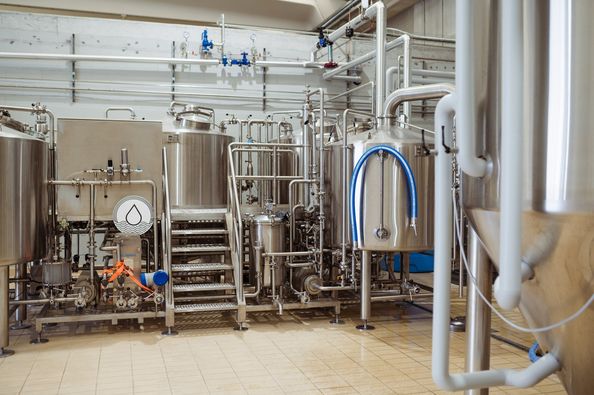Craft Brewing System
What is a Craft Brewing System?
A craft brewing system is the backbone of any small-scale brewery. It’s the equipment that transforms grains, hops, yeast, and water into flavorful beer. Unlike large industrial setups, craft brewing systems are designed for smaller batches, often focusing on quality and unique flavors rather than sheer volume.
These systems come in various sizes, configurations, and levels of automation, catering to everyone from hobbyists to professional brewers. The heart of the system includes mash tuns, fermenters, and brew kettles, but customization options can add versatility.
Overview of the Brewing Process
Brewing beer is both an art and a science. Here’s a high-level view of the steps involved:
- Milling: The process begins with crushing malted grains to prepare them for mashing.
- Mashing: The crushed grains are mixed with hot water to extract fermentable sugars.
- Lautering: The liquid wort is separated from the grain husks.
- Boiling: The wort is boiled, and hops are added for bitterness and aroma.
- Fermentation: Yeast is added to the cooled wort to convert sugars into alcohol and CO2.
- Conditioning: The beer matures, allowing flavors to develop.
- Packaging: The final step is transferring the beer into kegs, bottles, or cans for consumption.
Every step requires precision and the right equipment to ensure consistent, high-quality beer.
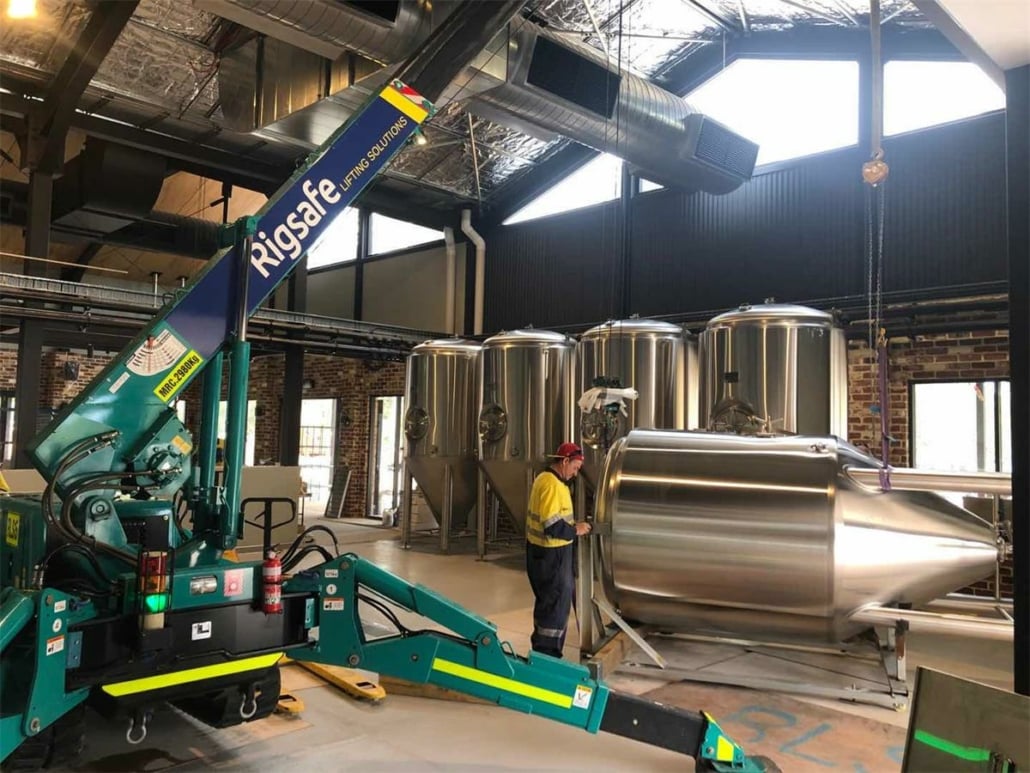
Troubleshooting Common Issues with Beer Fermenters
Even the best equipment can run into hiccups. Here are some common issues brewers face with fermenters and how to resolve them:
- Temperature Fluctuations: Fermentation temperatures must stay within a specific range. If the temperature control system fails, flavors can become inconsistent. Investing in reliable glycol chillers or jacketed fermenters helps maintain stability.
- Air Leaks: Improper sealing can lead to oxygen exposure, spoiling the beer. Regularly inspect gaskets, valves, and seals.
- Stuck Fermentation: Yeast might not fully ferment the sugars due to poor yeast health or insufficient oxygenation. Always use fresh yeast and aerate the wort properly.
- Residue Build-up: Improper cleaning can cause contamination. Clean fermenters thoroughly with brewery-approved sanitizers after every batch.
Craft Brewing System Specifications
Craft Brewing System Capacity, Design, and Customization Options
| Feature | Details |
|---|---|
| Capacity | Ranges from 1-barrel systems (31 gallons) for home use to 30-barrel systems for small breweries. |
| Space Requirements | Compact systems available for small spaces; larger setups need dedicated brewing facilities. |
| Design | Modular and expandable designs for scalability. |
| Customization | Add-ons include automated controls, secondary fermenters, and advanced filtration systems. |
Top Suppliers and Price Ranges for Craft Brewing Systems
| Supplier | Price Range | Features |
|---|---|---|
| Blichmann Engineering | $10,000 – $50,000 | Compact systems, user-friendly designs. |
| Ss Brewtech | $5,000 – $20,000 | Stainless steel construction, durability. |
| Premier Stainless | $20,000 – $100,000+ | Custom-built systems, high scalability. |
| Spike Brewing | $3,000 – $25,000 | Ideal for home brewers and startups. |
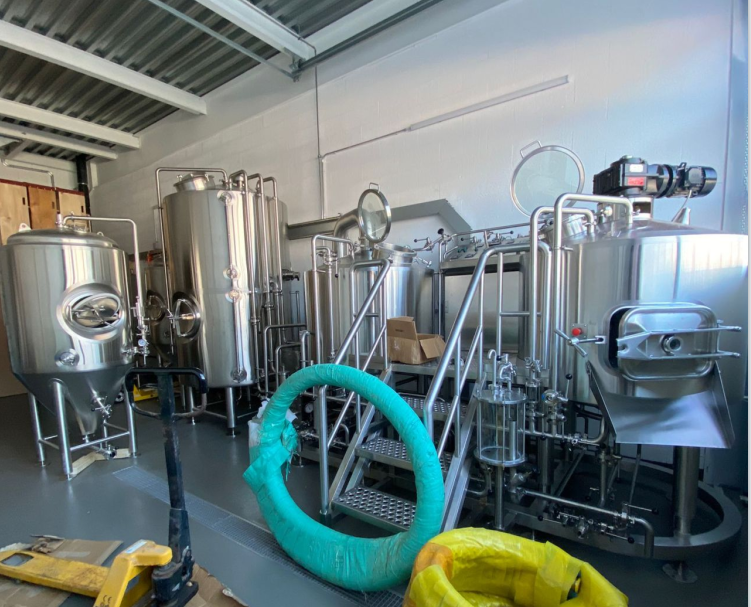
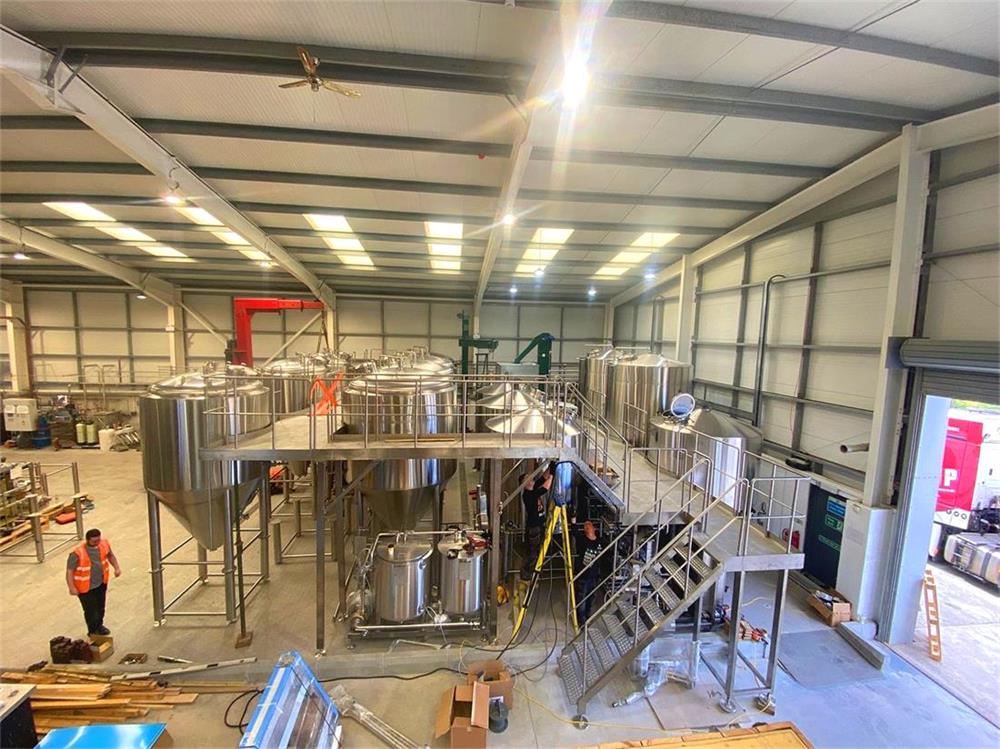
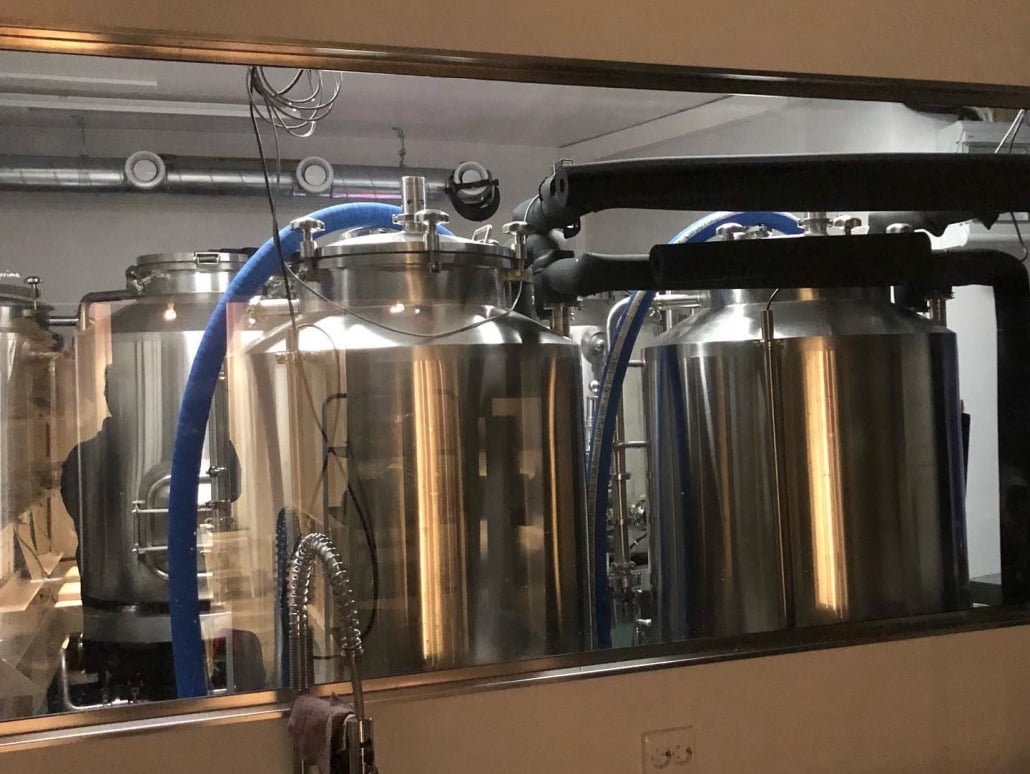

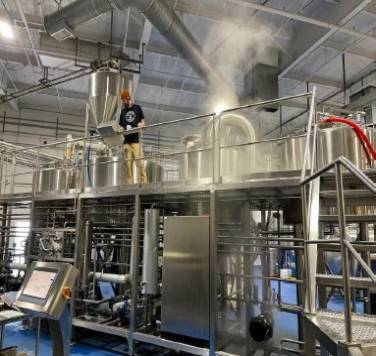
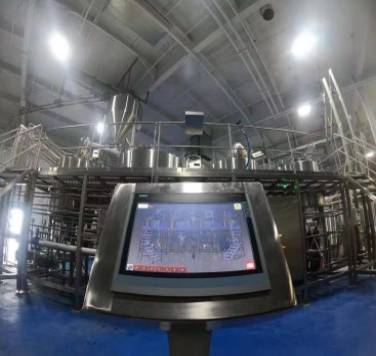
Installation, Operation, and Maintenance Tips
| Aspect | Details |
|---|---|
| Installation | Requires professional setup for plumbing, electrical, and ventilation systems. |
| Operation | Follow manufacturer guidelines; invest in automation for consistency. |
| Maintenance | Regular cleaning, inspection of seals and valves, and replacing worn parts prolong equipment lifespan. |
How to Choose the Right Craft Brewing System Supplier
Selecting the right supplier can make or break your brewing journey. Consider these factors:
| Criteria | Details |
|---|---|
| Reputation | Look for suppliers with positive reviews and proven track records. |
| Customization Options | Ensure the supplier can tailor the system to your needs. |
| After-Sales Support | Reliable customer service and readily available spare parts are essential. |
| Price vs. Quality | Balance cost with features; cheaper isn’t always better. |
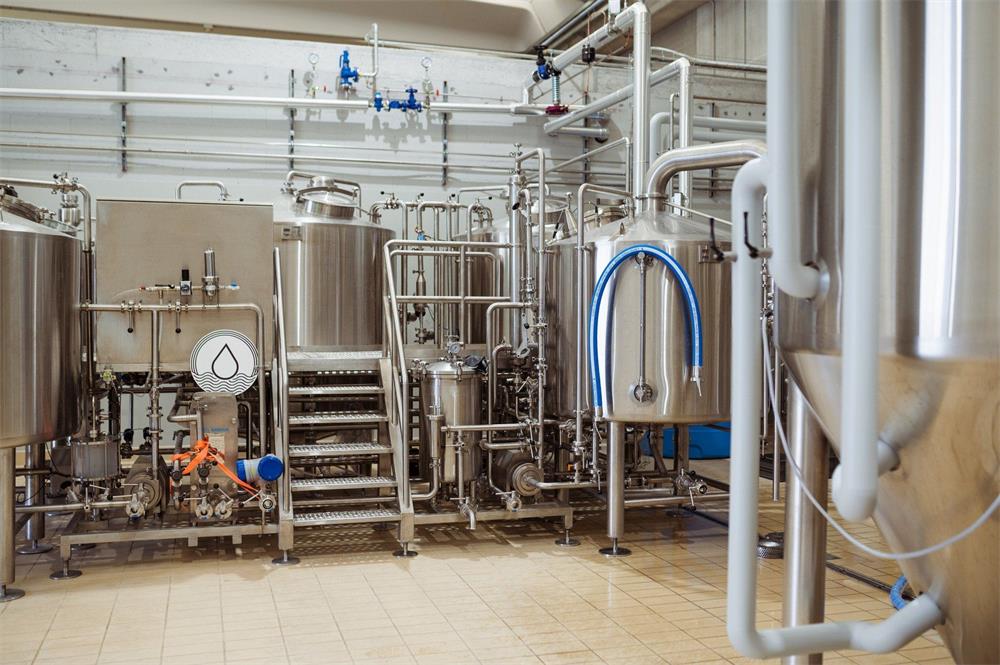
Advantages and Limitations of Craft Brewing Systems
| Aspect | Advantages | Limitations |
|---|---|---|
| Quality Control | Better control over ingredients and processes. | Requires skilled operation. |
| Customization | Allows brewers to experiment with unique recipes. | Initial costs can be high. |
| Scalability | Modular systems grow with your business. | Space and installation demands. |
| Profit Margins | High-quality craft beer can command premium prices. | Competition in the craft beer market. |
FAQ
| Question | Answer |
|---|---|
| What is the best size for a beginner system? | A 1- to 3-barrel system is ideal for small batches and home setups. |
| How long does it take to brew beer? | The entire process can take 2-6 weeks, depending on the beer style. |
| Can I automate the process? | Yes, many systems offer automation for consistent results. |
| What’s the lifespan of brewing equipment? | With proper maintenance, most systems last 10-20 years. |
Share this entry
Interested in learning more about Brewing Systems including additional details and pricing information? Please use the form below to contact us!
YOLONG BREWERY EQUIPMENT FAQS
- Commercial Brewery / Craft Brewery / Microbrewery / Nanobrewery
- What is The Difference Between Craft Beer and Industrial Beer?
- The Bespoke Differences In Custom Brewing Systems
- Everything You Need to Know About Kettle Souring
- How to Choose Brewing Equipment for Your business?
- How To Choose The-Best Partner To Build Your Commercial Microbrewing System?
- Two Detection Sensors That You Need To Use In Your Brewhouse System
- Remote Control Applications in Brewing Equipment/How does it work?
- How To Clean Your Brand New Brewery Tanks?

